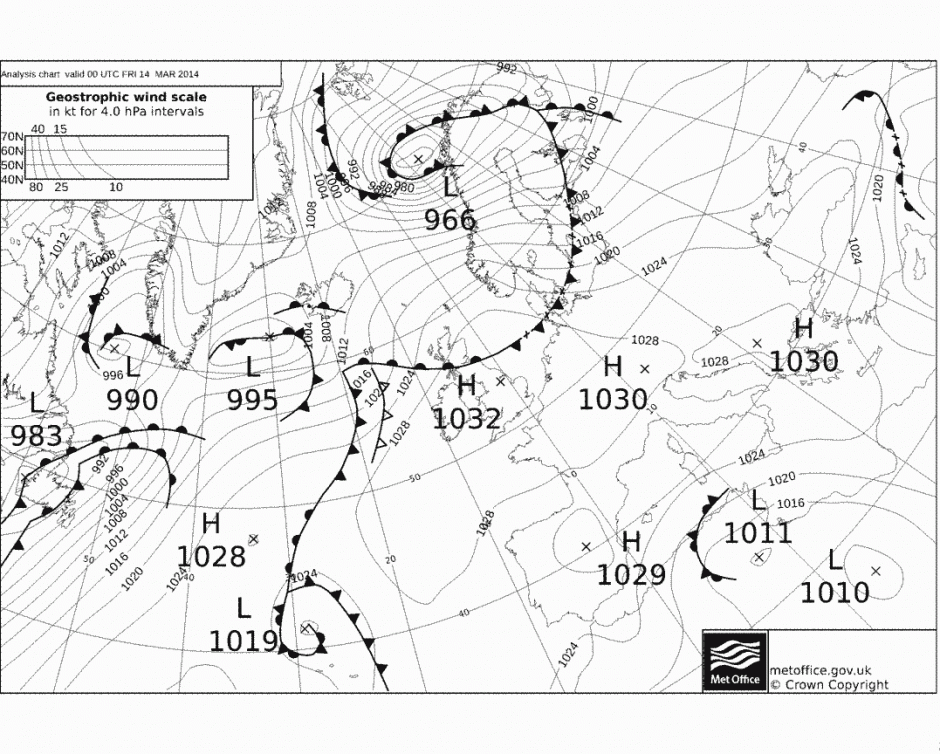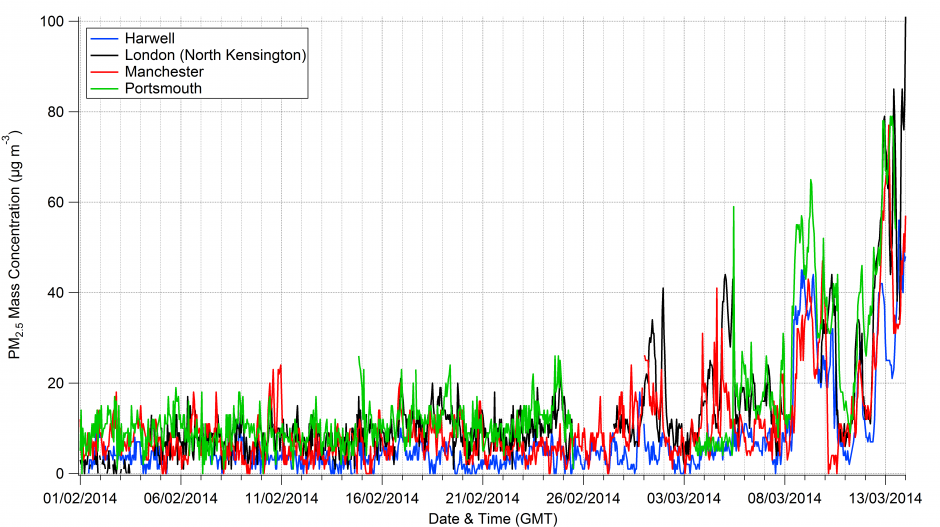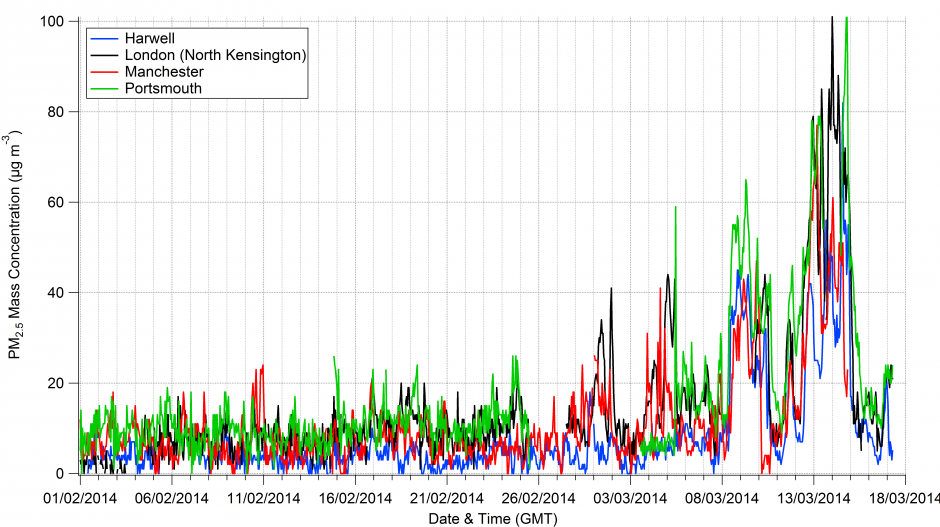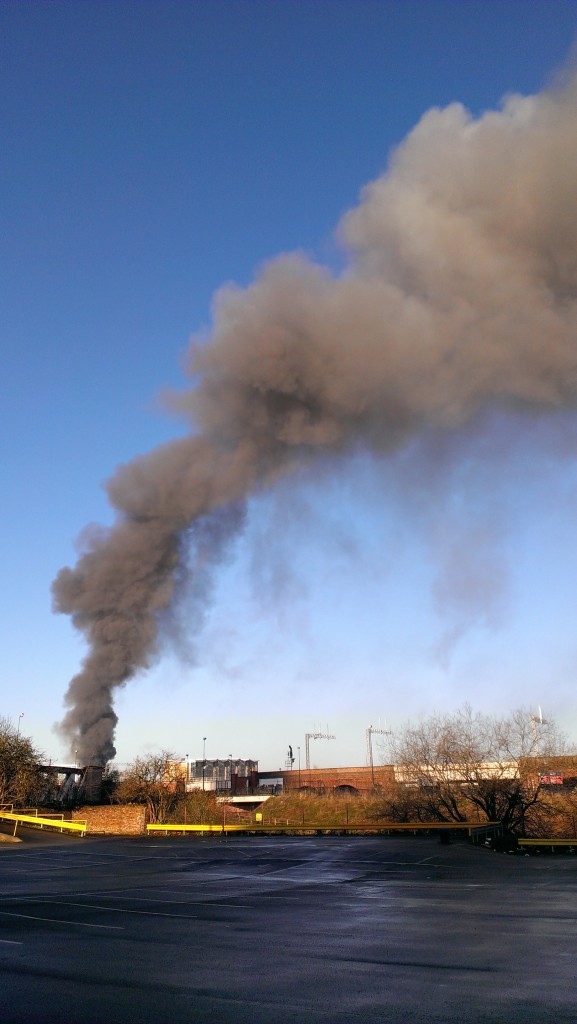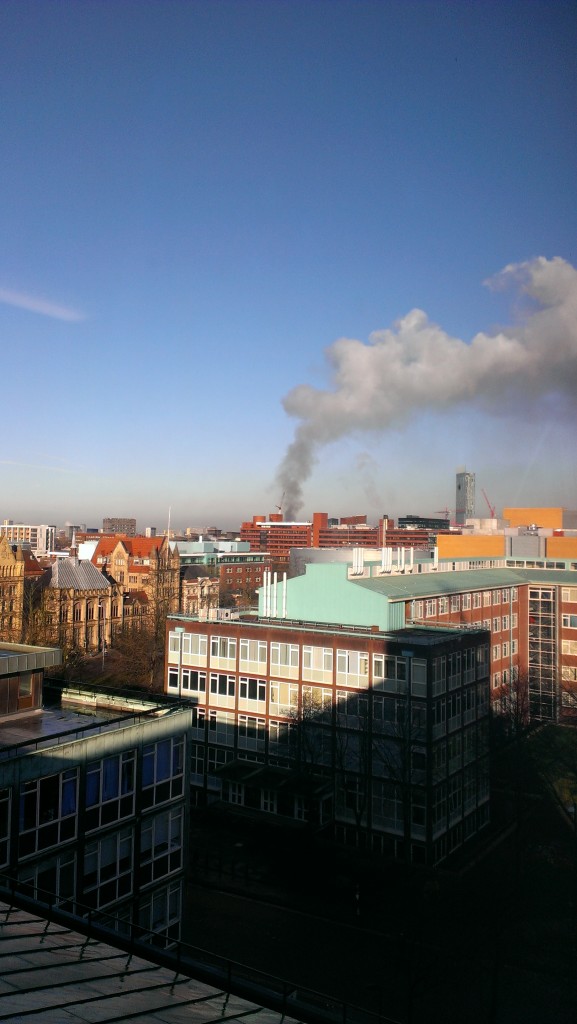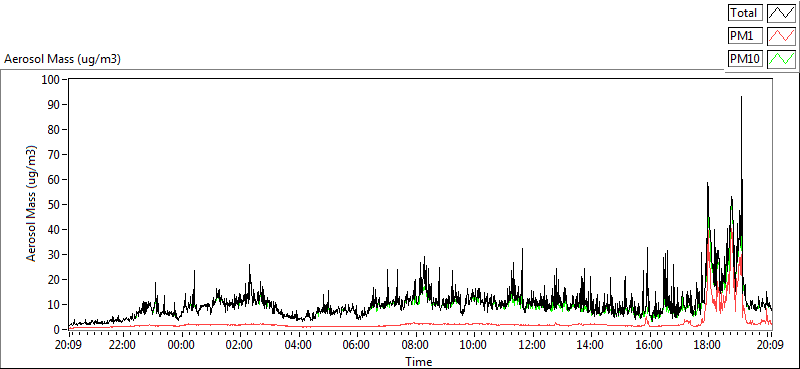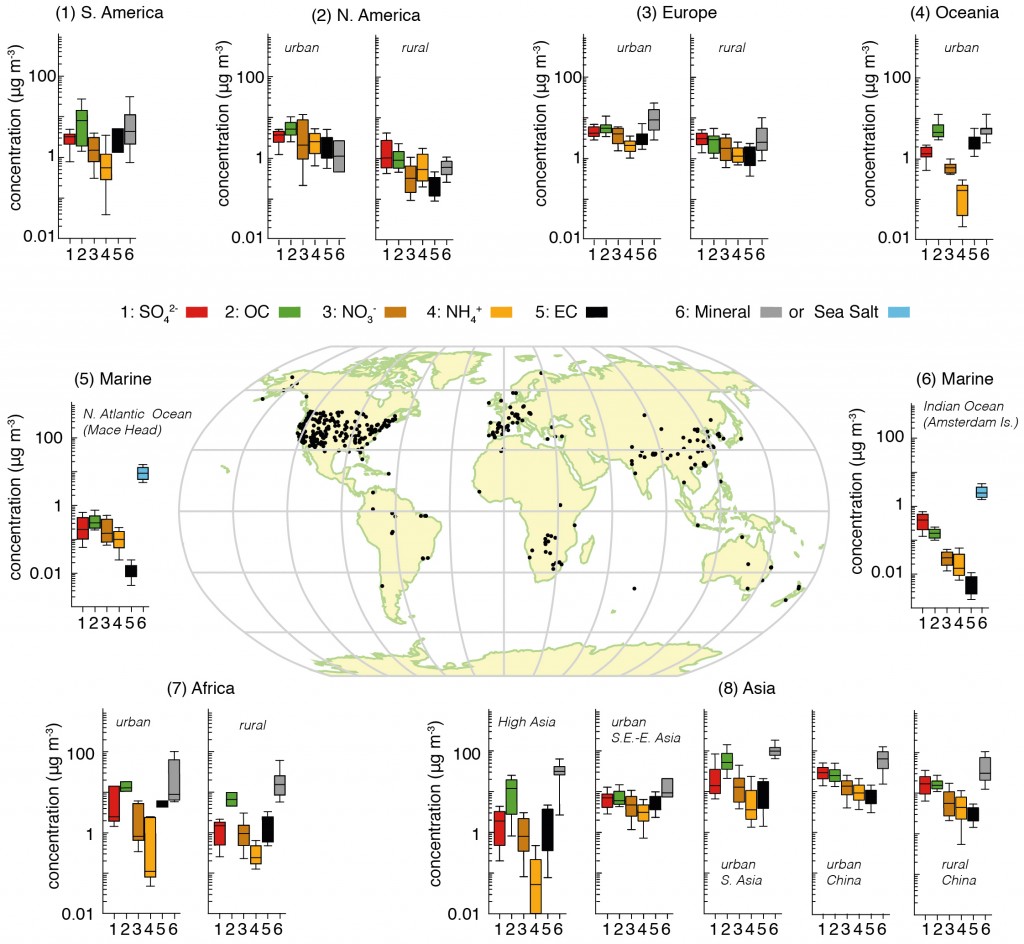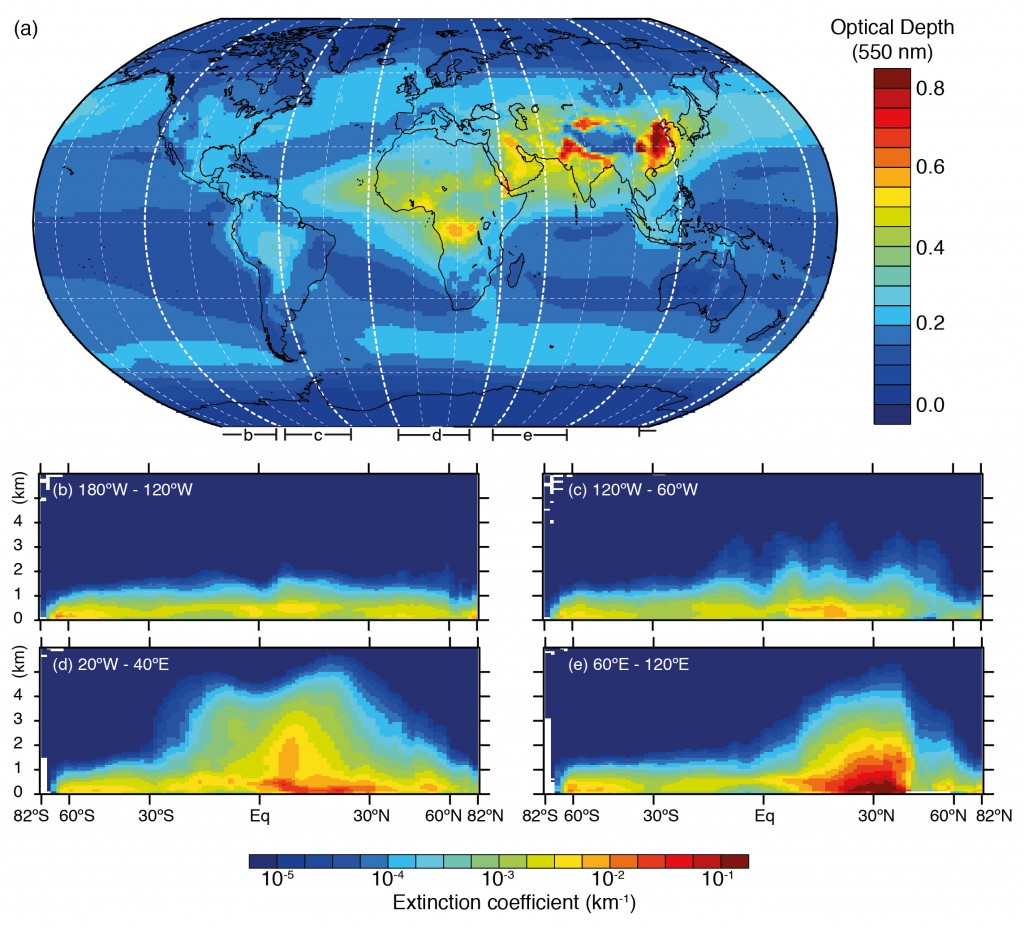Air pollution over the UK has been high on the agenda today with the media covering the widespread build up of aerosol pollution since the end of last week. This has led to health concerns, particularly for vulnerable groups such as children, the elderly and people with pre-existing heart and lung conditions. This follows the recent event in mid-March, which I covered here and saw Paris take measures to reduce local traffic pollution within the city by banning some cars from the road.
Over the past weekend, pollution levels were broadly similar to the previous event in March, although perhaps it is currently more widespread and it has lasted longer (unfortunately the Defra website appears to be struggling at the moment so I can’t be more specific).
What appears to have captured attention is the association of this event with a Saharan dust outbreak, which the Met Office explained here along with some nice images and videos from a satellite.
Below is the forecast for today (Wednesday 2nd April 2014) from Defra (provided by the Met Office) showing their “Daily Air Quality Index“, which is a measure of pollution levels categorised into different bands reflecting the severity of the pollution. I’ve included Defra’s actions and advise table below also, as the website has been unresponsive at times today. The Met Office also have a page on their website, which includes a more expansive explanation of the bandings.

Daily Air Quality Index forecast valid for Wednesday 2nd April 2014 provided by the Department for Environment, Food & Rural Affairs (DEFRA) and the Met Office. Source: Defra
The forecast predicts that pollution levels will be high or very high over many regions of England, with moderate pollution levels expected over Wales.
So the question is what is causing this event?
Much of the media coverage has played on the role of the Saharan dust and this is the most visible aspect of the current event, as the size and shape of the dust helps to create especially vivid sunsets and people have had to sweep dust off their cars as rain sweeps it out of the air. However, the pollution event is being driven by a mixture of the dust and pollution from continental Europe and more local/regional sources within the UK itself.
On the forecast above, we can see very high levels of pollution over continental Europe, in particular over Belgium and the Netherlands. Pollution over these regions is typically a result of a cocktail of emissions from industry and traffic emissions, with a key ingredient often being from agricultural emissions. Your very own home-grown pollution detector (your nose) may have picked up the scent of such emissions from agriculture should you live in rural areas near farmland, as manure is applied as a fertiliser at this time of year. I wrote about the emissions situation in Europe here, using data from the EU Environment Agency.
These emissions mix together, forming various types of aerosol species that are then blown over the UK. This can combine with similar emissions within the UK and if the winds are light and rainfall is low, you have the perfect conditions for a pollution event.
This isn’t a particularly unusual event; the two main differences are that Saharan dust has joined the fold and the media have been paying much more attention than usual. The major issue is that it has been a relatively prolonged event, likely to last about a week. Pollution events such as the ongoing one over the UK tend to represent acute risks for vulnerable groups, while the general population might notice relatively minor symptoms such as itching eyes or a cough.
Air pollution is a pernicious problem, with even low levels having health implications over prolonged periods. The World Health Organisation recently declared that air pollution is the world’s largest single environmental health risk and was linked with 7 million deaths in 2012 alone. Air pollution is still an unresolved issue in the UK, with significant implications.



